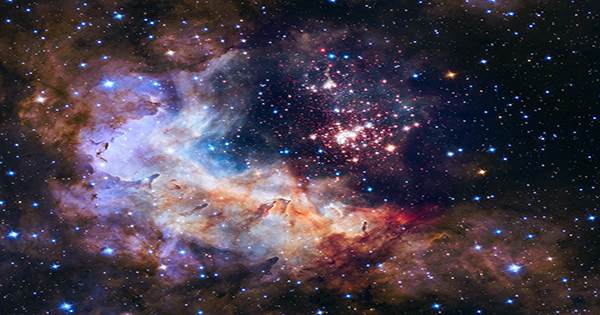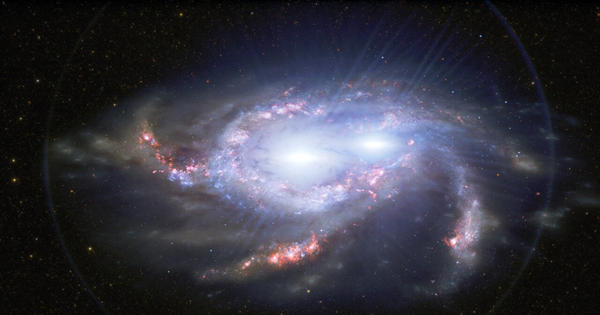Astronomers have discovered a massive cavity in space where the interstellar medium becomes nearly imperceptibly thin for roughly 500 light-years. Supernova events about 6-22 million light-years ago are considered to have created this vacuum. Surprisingly, the first usage of augmented reality in peer-reviewed astronomy research allows anyone to envision how stars rise phoenix-like from the ashes of their predecessors using these measurements. The Perseus and Taurus molecular clouds are two massive gaseous areas. They are exceedingly faint at visible wavelengths, despite being brilliant in the infrared, and have only been studied extensively since the arrival of space telescopes.
At 430 light-years away, the Taurus molecular cloud may be the closest big star formation zone to Earth. Both are part of the newly discovered Radcliffe Wave, the Milky Way’s closest gaseous structure to the Sun’s position. Astronomers say in The Astrophysical Journal that they have discovered an empty region between these clouds, which is closer to a genuine vacuum than the clouds, which are themselves so dispersed that they would appear to a visitor to be a vacuum. The shell of this vacuum or bubble is formed by two distinct clouds.

In a statement, Dr. Shmuel Bialy of the Harvard and Smithsonian Center for Astrophysics (CfA) said, “Hundreds of stars are growing or exist already at the surface of this gigantic bubble.” “We have two theories: either one supernova exploded at the center of the bubble, pushing gas outward and forming the ‘Perseus-Taurus Supershell,’ or it was formed over millions of years by a series of supernovae.”
Bialy and co-authors believe the Perseus and Taurus molecular clouds were likely both the result of the same supernova or supernovas, despite the fact that they were previously thought to be different clouds.
“These clouds have been visible for decades, but we’ve never known their exact shape, depth, or thickness. Dr. Catherine Zucker, a co-author, added, “We were also unsure how far away the clouds were.”
This is the most detailed 3D mapping of cosmic dust ever done. As a result, the first 3D reconstruction of how gas generates stars after supernova explosions based on observations rather than models has been produced.
The work has been released with augmented reality representations that anybody may see and interact with by scanning a QR code, which can be found in an accompanying paper.
This is the first time something like this has been done for an astronomy article, but the authors believe it won’t be the last. Professor Alyssa Goodman, who oversaw the development of glue, the data visualization software, stated, “We need richer archives of scientific discoveries.” Visualizations like this will not only help other astronomers better understand what they’re studying, but they’ll also give non-scientists a lot greater understanding than is generally achievable.
















